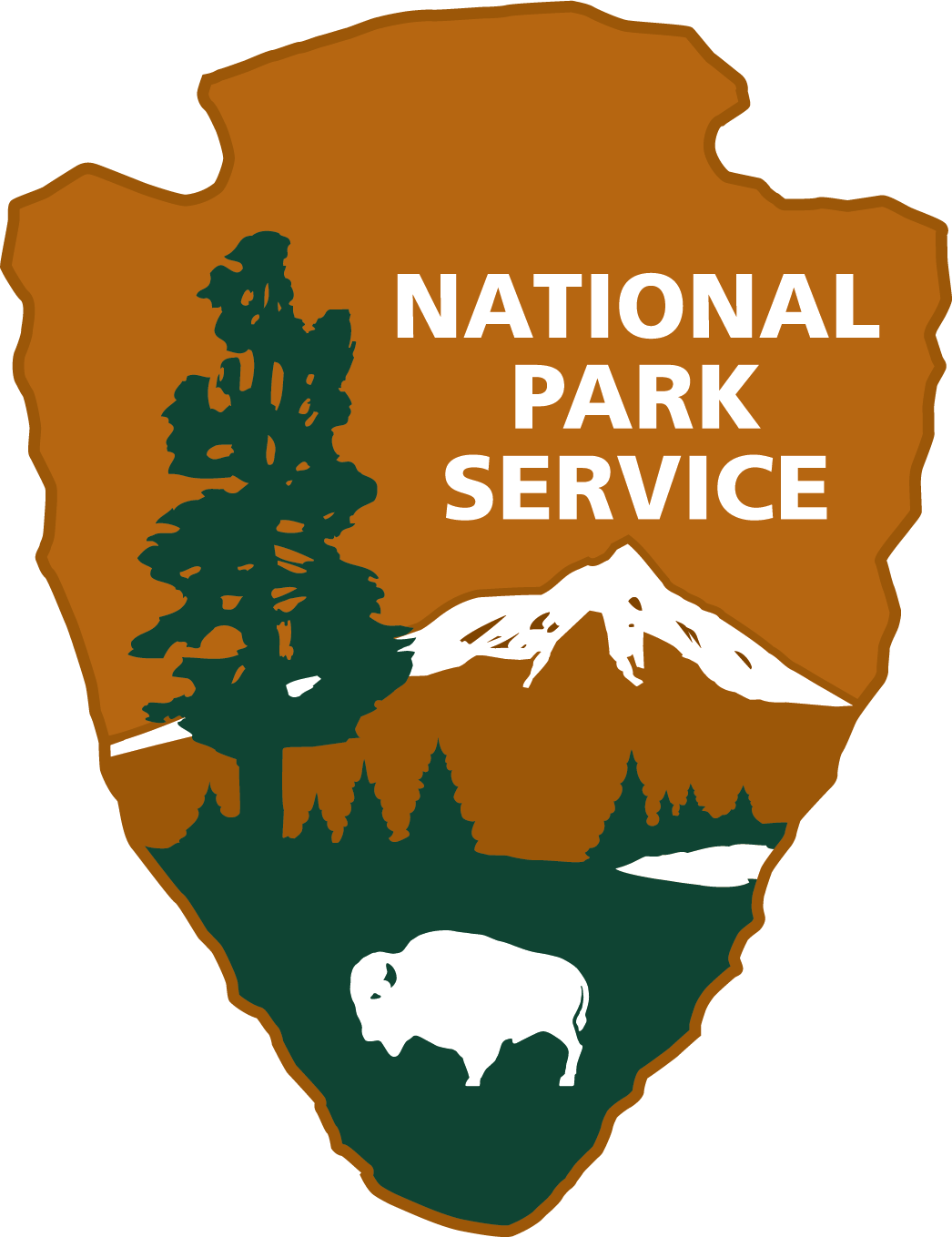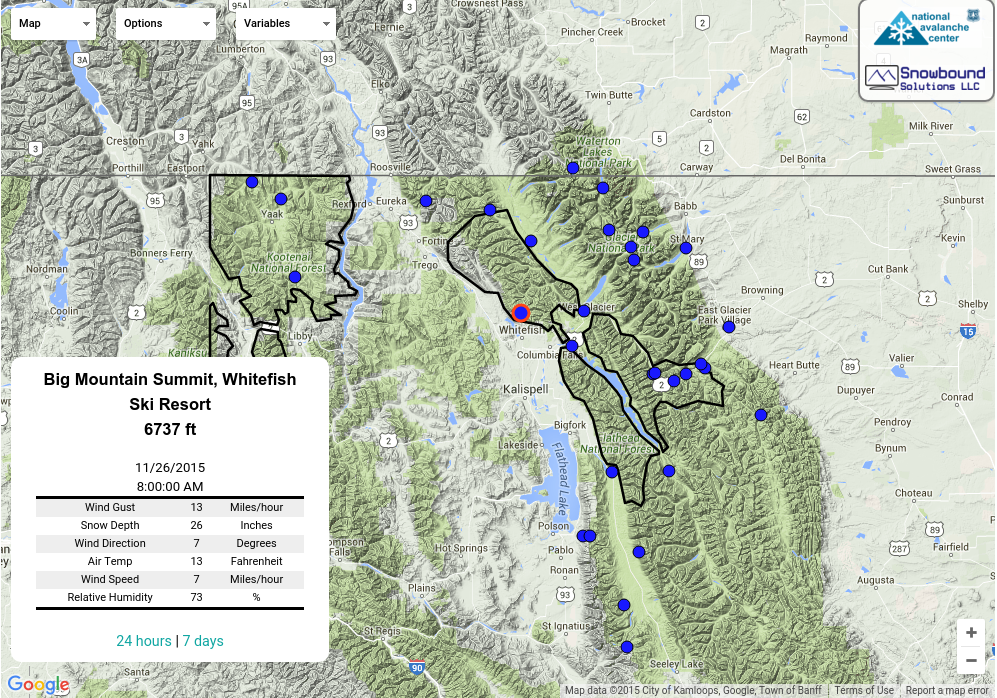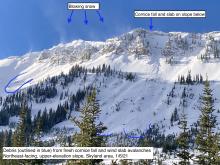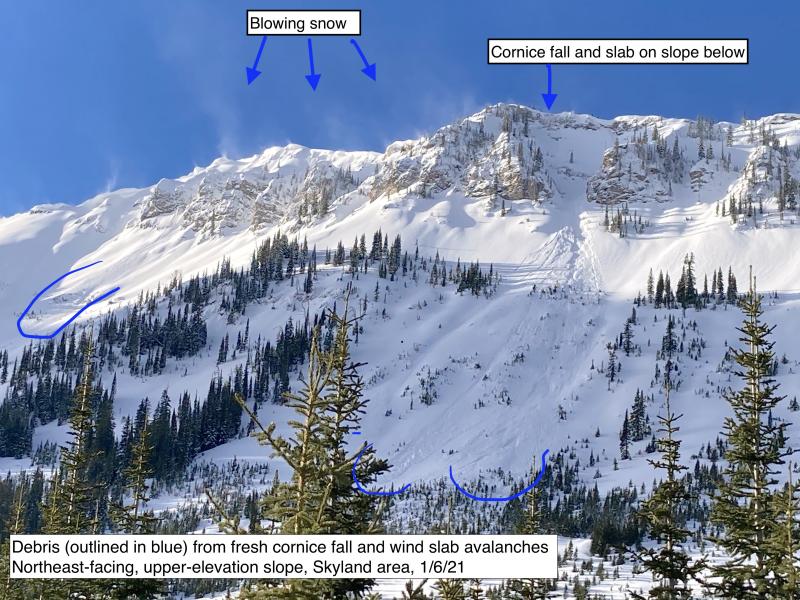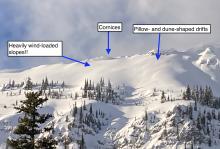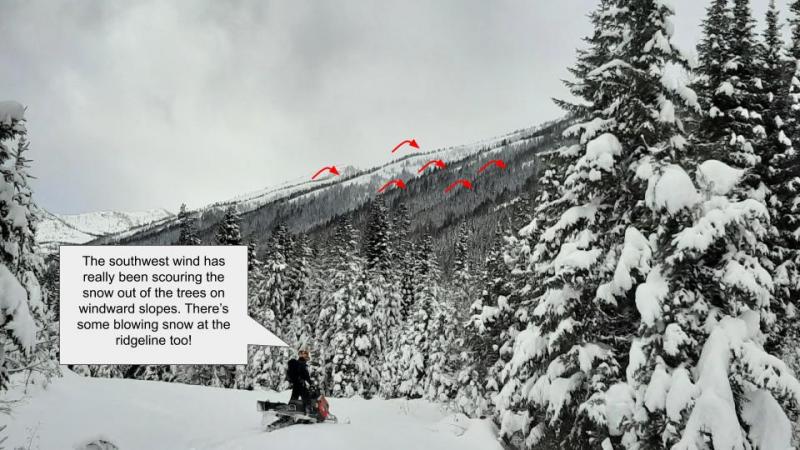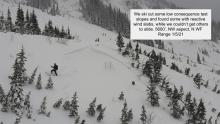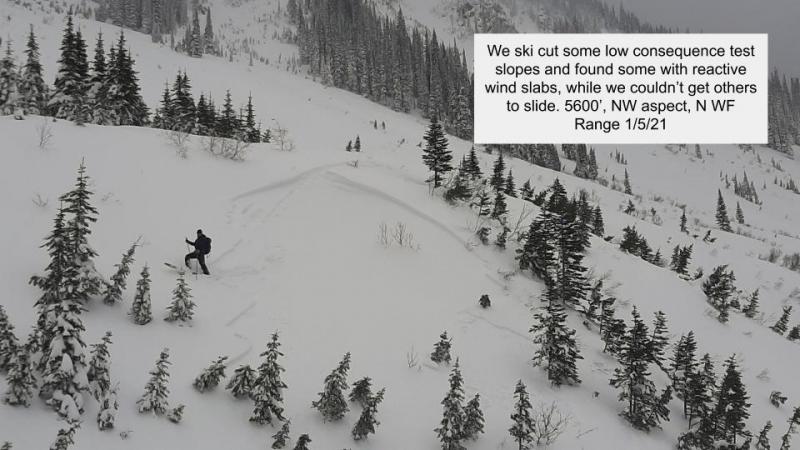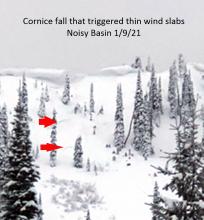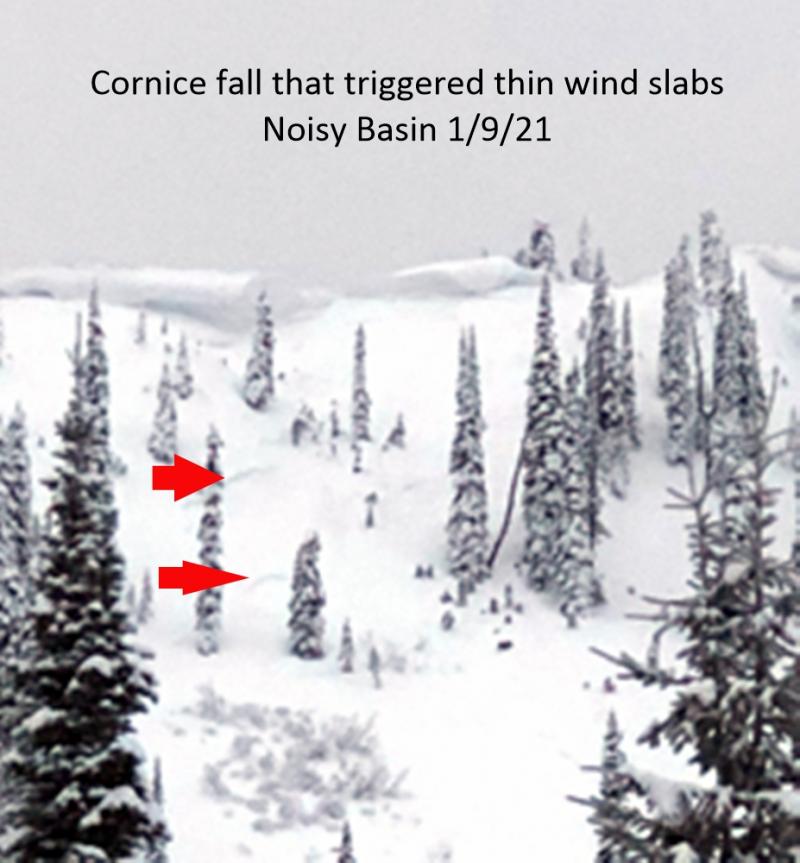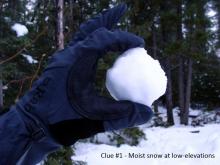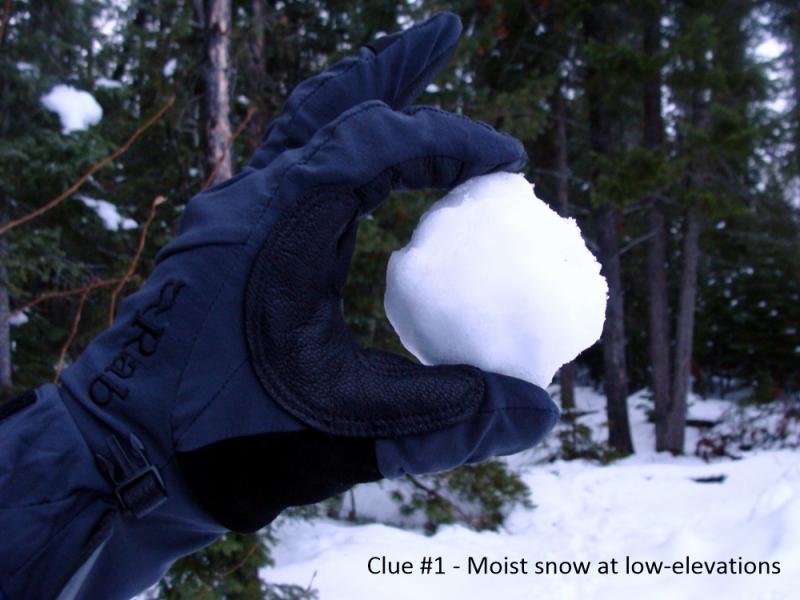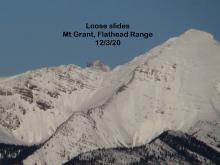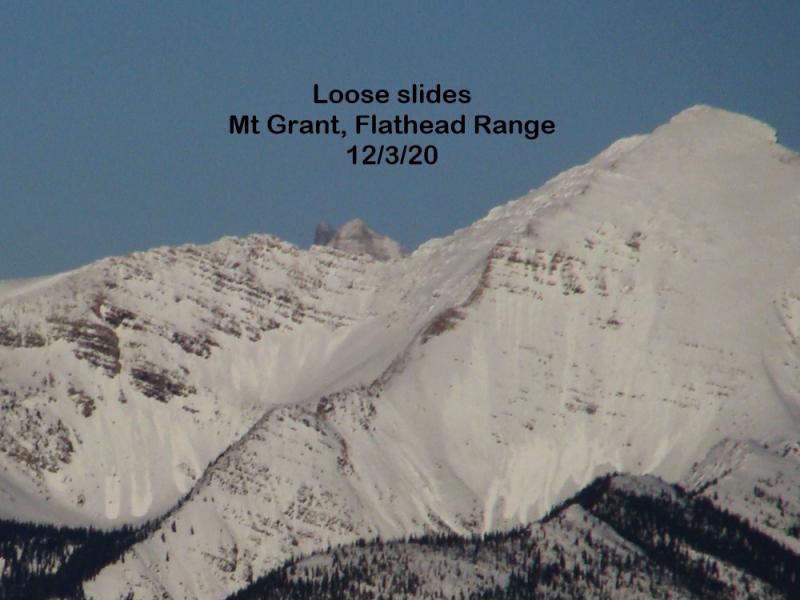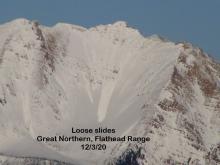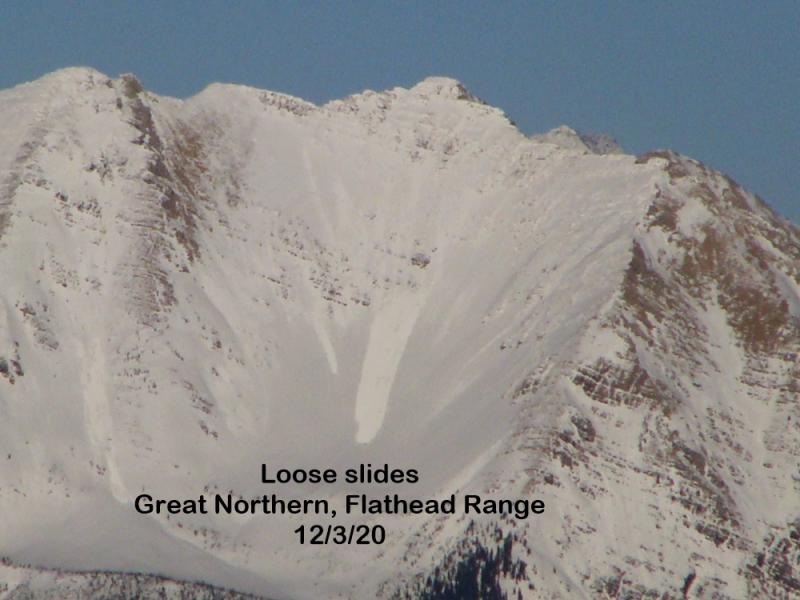Whitefish Range
Swan Range
Flathead Range and Glacier National Park
How to read the forecast
Fall Advisory Statement: Avalanche accidents can happen long before the chairlifts start spinning. If you are traveling on high elevation, snow-covered slopes, be mindful of isolated instabilities. The consequences of a small avalanche this time of year are amplified by rocks, trees, or cliffs. Be wary of windloaded or deeper snow in alpine terrain, especially where it has accumulated over old snow or ice layers. The FAC will monitor conditions through the fall and post updates as the snowpack evolves.
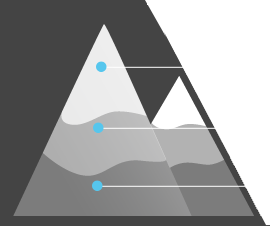
No Rating
?
Above 6500 ft.
No Rating
?
5000-6500 ft.
No Rating
?
3500-5000 ft.
-
Type ?
-
Aspect/Elevation ?
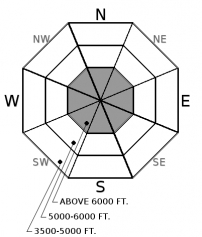
-
Size ?HistoricVery LargeLargeSmall

Early season instabilities are generally confined to the highest elevations, particularly windloaded drifts or gullies, where the snow is deep enough to cover rocks and vegetation. These are often the most inviting slopes for skiers hoping to preserve their bases. Northerly aspects are most suspect because shaded terrain can sometimes preserve old crusts or snow layers from earlier storms, providing a smooth sliding surface for fresh wind slabs to slide on. If you are traveling in the mountains this fall, avoid crossing thick drifts or pillows of windblown snow below ridgelines or in gullies until they have had adequate time to stabilize. Cracking under foot is a telltale sign to reconsider your route so you don't get dragged down a cheese grater of rocks and vegetation.
-
Type ?
-
Aspect/Elevation ?
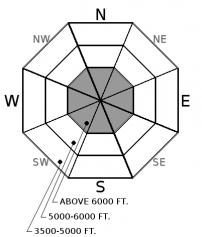
-
Size ?HistoricVery LargeLargeSmall

New snow can sluff off of rocks and out of gullies in the form of loose snow avalanches, especially as the snow moistens from rain or sunshine. Rollerballs or small point releases shedding off of very steep slopes are warning signs to assess your terrain choices and overhead hazards.
Dust off the avalanche cobwebs by attending our 7th annual Northern Rockies Snow and Avalanche Workshop on November 4th. It is going to be a great event and registration is now open!
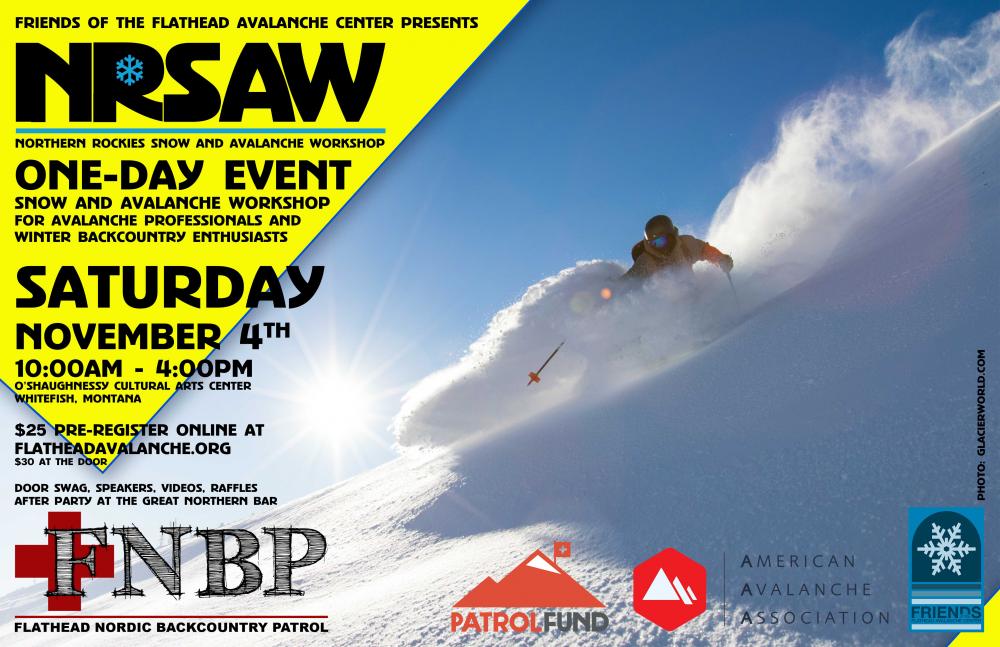
This advisory applies only to backcountry areas outside established ski area boundaries. This advisory describes general avalanche conditions and local variations always occur. This advisory expires at midnight on the posted day unless otherwise noted. The information in this advisory is provided by the USDA Forest Service who is solely responsible for its content.
Call
Contact
In Partnership With

In Partnership With
